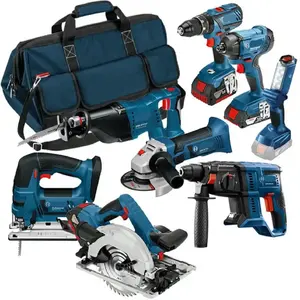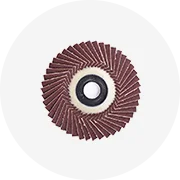PAPR Respirator: An Overview
The PAPR respirator (Powered Air-Purifying Respirator) is an essential piece of personal protective equipment (PPE) widely utilized in demanding work environments. These devices are designed to protect users from inhaling hazardous air contaminants such as dust, gases, and vapors. The PAPR employs a battery-powered blower to pull ambient air through filters, delivering clean, purified air to the wearer.
Given its effectiveness and comfort, PAPR respirators are widely adopted in various industries including healthcare, construction, pharmaceuticals, and manufacturing. Understanding its components and functionality is crucial for ensuring workplace safety and compliance with health regulations.
Types of PAPR Respirators
- Half Mask PAPR: This style covers only the nose and mouth, providing an effective solution for less hazardous environments or tasks.
- Full Face PAPR: Provides complete facial coverage, including eyes, and offers enhanced protection against vapors and chemicals.
- Helmet PAPR: Integrated with a helmet, this type is ideal for workers exposed to head hazards while needing respiratory protection.
- Hood PAPR: This version includes a loose-fitting hood that accommodates facial hair and offers a comfortable fit, making it ideal for broader applications.
Features of PAPR Respirators
- Energy Source: Most PAPR respirators are powered by rechargeable batteries, which provide extended operational hours for users working in hazardous environments.
- High-Efficiency Filters: Equipped with HEPA filters that effectively trap airborne particles, ensuring the air supplied is free of contaminants.
- Comfortable Fit: Adjustable headgear and face seals are designed for all-day wear, reducing discomfort while maintaining protection.
- Versatile Applications: Adaptable for various roles, including medical staff, industrial workers, and emergency responders.
Applications of PAPR Respirators
- Healthcare: Widely used by healthcare professionals to protect against airborne pathogens, especially during infectious outbreaks.
- Construction: Essential in dusty environments, protecting workers from inhaling silica dust and other particulates.
- Pharmaceutical Production: Ensures that operators are shielded from potent chemicals and medication powders.
- Hazardous Material Handling: Suitable for situations involving the use of chemicals or materials that produce harmful vapors or particulate matter.
Advantages of Using PAPR Respirators
- Increased Protection: Provides a higher level of respiratory safety compared to traditional masks, especially in high-risk zones.
- Enhanced Comfort: Designed for prolonged use without significant discomfort, boosting worker compliance and productivity.
- Adaptability: Various models available to suit different applications, ensuring that the right level of protection is provided for specific hazards.
- Reusability: Most components are designed to be reused, contributing to reduced environmental impact and long-term cost-effectiveness.
































































































































































































































































 浙公网安备 33010002000092号
浙公网安备 33010002000092号 浙B2-20120091-4
浙B2-20120091-4